For a newbie to the hobby, it can be quite overwhelming, making that first purchase. Even being in the hobby for years, I still have buyer apprehension!
Here are some things to consider prrior to taking the plunge, some tips that may help, if you are experiencing some issues, and some general FAQs:
*I want to buy a hoya, but I am unsure of where to purchase*
There are many excellent hoya vendors out there.
Some are international, like Epiphytica, AHHoya, Surisa Somadee's collection, and the Liddle nursery in Australia, to name a few.
Some are within the US, such as Gardino's (rareflora on ebay), Koko Ranch (beastlyflower on ebay), and Ric Moreir's collection (ricnfl on ebay), Doug Chamberlain (erbtarzan24 on ebay), littlegardeninthecountry (ebay)and yellowgreen2u (ebay).
And some even fequent this forum, like Jan Sword (jan272724 on ebay), myself (agardentoremember on ebay), and Eugene (eugene11204), to name a few. Many of us also do trades and occasionally, freebies.
Always check seller feedback prior to making purchases, and don't be so quick to avoid a seller with a 98% satisifaction rating. Many times, all it takes is one or two customers that, no matter how hard you try, cannot be pleased. Sometimes, customers will post a negative review PRIOR to transaction resolution. In any case, read all reviews and make an informed decision.
*What should I know before purchasing?*
The MOST important thing to know is your individual local climate (the weather in your area) and your micro climate (the "weather" in your home). Knowing this will give you a general idea on what hoyas you could expect to grow with general ease, and which you should stay away from. If you are open to spending big bucks on the things needed for the more difficult hoyas (if your climate does not provide the conditions), then you could dip your foot in to the more exotic side of hoya cultivation.
You should also do research on the particular species you are looking to buy. Feel free to ask, on here, if you want.
You should take others' growing methods (aside from feeding, humidity needs temperature needs, disease/pest control, and certain growing methods, like semi-hydro) with a grain of salt. I, for example, cannot grow in soil mixes. It is too cold and wet up here in the winter, and my plants would rot! But if you live in the desert, you mught wanna add soil, lol!
*Which hoyas are good/easy for beginners?*
It depends, but generally speaking:
carnosas and their hybrids (Mathilde, Minibelle, etc.)
pubicalyx and their hybrids
pottsii is an EXCELLENT choice, for foliage
for those who are neglectful regarding watering, pachyclada/subquintuplinervis, australis ssp. oramicola, and australis ssp. rupicola are excellent choices, as they can be watered once a month, in most climates. If you are in a hot, dry locale, bi-weekly waterings may be indicated.
*What are the basics?*
1. A loose, fast and easily draining potting media is a must for most species.
2. Most hoyas do great with a bit of neglect, and many will fuss if you over-care.
3. Feed with EVERY watering (1/4-1/2 strength), unless you are using a time release granular feed.
4. All hoyas benefit from frequent mistings. Some species do not require mistings, but others do, if you do not have the adequate ambient humidity.
5. Pests happen! Keep things at bay by prevention! Use clean, sterile utensils to make cuttings. Always use fresh media and a clean, sterile pot when potting up. Utilize systemic pesticides, if you wish. Or, look up alternative, non-chemical pest treatments (neem, alcohol, baby shampoo, etc. for pests, cinnamon paste/sprays for fungal issues, aspirin and honey for rooting).
6. Adequate light exposure. For bloom promotion, a west facing window is ideal for most species. If you want, and have the $, a t5 or LED light bar is a great supplemental light source.
7. Most hoyas are epiphyitc, meaning they grow up trees, using aerial roots to attach to the trunks/branches. A trellis or clipping to a hanging pot is par for the course.
8. Most hoyas don't like temps below 55F. Keep away from drafts and cold sources. In very cold climates, a warm surface area, such as the top of the fridge or on a reptile heat mat, helps.
9. Not every blemish is a pest or disease. Sometimes hoyas develop sunspots (human equivalent of freckles), some have pinpoint black dots on the backs of their leaves, and some leaves will have or develop abnormalites/spots/mechanical damage scars. Sometimes, leaves will abort and die.
10. Yellowing lower leaves? Play the waiting game UNLESS they yellowing is rapid, starts to affect the plant from roots up, or if the leaves and stem become squishy and black. Then, check the roots! Lower leaves are the oldest leaves, so they will usually die and fall off at some point. Rapid yellowing that turns black and starts to affect the plant from roots up is a sign if root rot. Check the roots. If foul smelling, stringy, black or squishy, make cuttings immediately. Make sure to check the cut area. It should be green inside the stem. If it is sqiushy and brown, keep cutting until you hit green tissue. Be sure to sterilize between each cutting made, to prevent spread of rot. Pot cuttings up in clean pot with fresh media.
For dealing with sellers:
Reputable sellers are always quick to respond to any concerns you may have. And they always try to compromise to come up with a good resolution.
If you receive a plant that is dead or on death's door, take pictures IMMEDIATELY and send to seller, asking for help. We are more likely to feel compelled to do refunds/exchanges if you are nice and inquiring as to what can be done to fix the plant, versus blaming us for shoddy packaging.
**For example, most reputable sellers take the time to pack their plants well, but weather and delays by the Post Office or shipping company don't always cooperate.
Instead of, "You packed poorly! Now my plant is dead! I DEMAND resolutions!"
say, "My plant seems to have suffered during transit. Attached are photos. Can you advise?"
An EXCELLENT seller will immediately apologize and offer an exchange, if they have another plant available, or a refund, if they don't. They also might tell you where to cut (I do!), if they can still see viable tissue, along with sending a refund or replacement.
A FAIR seller may not respond (some are REALLY busy with work or other life issues, and may not have time to reply) but will just refund your money.
With a BAD seller, you may have to open an INAD (Item not as described) case, assuming you use ebay, to get any kind of resolution.**
**NEVER give negative feedback BEFORE attempting a resolution. It's very unfair to the seller, because you didn't give them the opportunity to make things right!**
**Never blame a seller for a Priority Mail or express shipping package arriving late. We are not the shipping company and have no control over shipping delays.**
**If you think your seller packed poorly, point it out nicely!
"It seems USPS was rough on the shipping, as soil is all out of the pot and so are the plants. Oops!"...seems to be a good way to let a seller know they may need to spruce up their packing methods, without setting them on the defense.**
**Be aware of local, National, and International weather. If you are buying from Thaikand, keep in mind that your Summer may be their Winter. I usually order from Thailand between Sept. and May, for this reason. I get the healthiest, less stressed specimens in Feb.-April. Your results may vary. I do not place orders Nationally, if there is any bad weather between here and FL. weather.gov is your friend, for in-US orders. NOAA is a good International tool.**
Please, feel free to add or ask any questions!




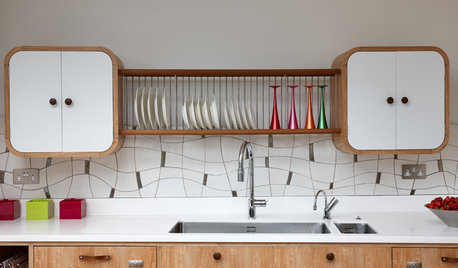

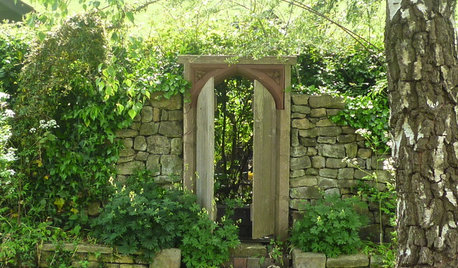
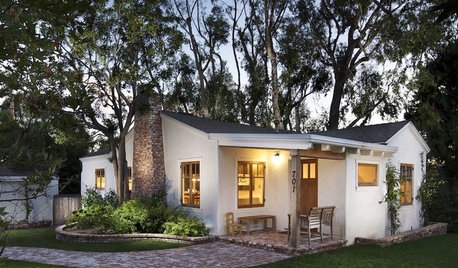
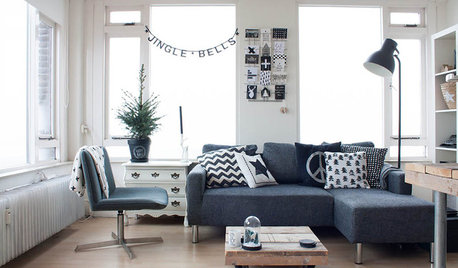
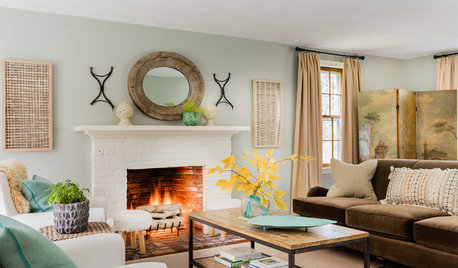



Jimmy
aurorawaOriginal Author
Related Discussions
Think pesticides are dangerous? Read this.
Q
Should I mislead my Hoya like this?
Q
Sexless marriage (male point of view)
Q
When to Walk: Flakey Seller(s)
Q
aurorawaOriginal Author
Jimmy
aurorawaOriginal Author